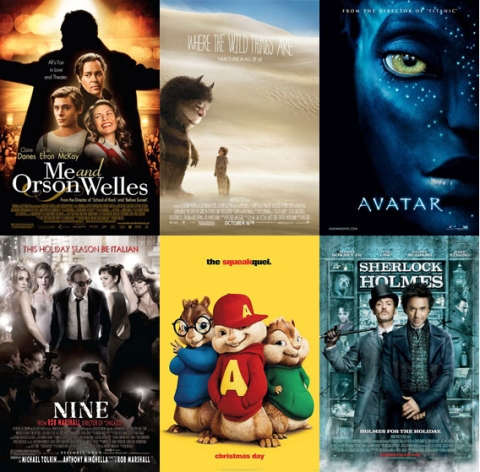The latest big screen adaptation of the famous London detective is a mixed bag that tries to reinterpret the character as a Victorian-era James Bond.
When the news broke that Guy Ritchie was directing a new big budget film based on Arthur Conan Doyle‘s character, alarm bells began to ring. He broke through in the late 90s as a director of passable cockney gangster films such as Lock, Stock and Two Smoking Barrels (1998) and Snatch (2000).
But he then he went on to direct two of the most embarrassing disasters of the decade: Swept Away (2002) was a laughable remake of an Italian film with his famous wife in the lead role, whilst Revolver (2005) was an impenetrable gangster drama which involved Jason Statham arguing with himself in a lift and Ray Liotta shouting in his underpants.
After teaming up with producer Joel Silver for the average but not disastrous RockNRolla (2008), he was entrusted with bringing Holmes to the big screen after some eagle-eyed person had spotted the copyright on the famous character was due to expire.
The imaginatively titled Sherlock Holmes is the final result and opts for a different take on the popular perception of Holmes. Gone is the suave, elegant figure that featured in Sidney Paget’s original illustrations or Basil Rathbone’s performances on film.
Instead Ritchie has opted for a less clean cut figure, who even indulges in bare knuckle boxing although they have preserved his penetrating intelligence and wit.
The story sees Holmes (Robert Downey Jnr) and Watson (Jude Law) trying to solve a conspiracy by a secret society (based on the Freemasons) which involves a villainous Lord (Mark Strong) and an old girlfriend (Rachel McAdams).
It plays a little like Holmes rewritten by Dan Brown (The Da Vinci Holmes anyone?) but the screenplay by Michael Robert Johnson, Anthony Peckham and Simon Kinberg doesn’t deviate as much from the stories as fans might have feared.
On the plus side, Downey and Law are actually well cast in the leading roles and have a nice chemistry together, even if a little too much innuendo is implied with regards to their relationship.
The film largely rests on Downey who manages to convince and engage as an intelligent action man with a passable British accent, even though his pronunciation at times is a little curious.
Strong makes for a reasonable, if one dimensional villain, although McAdams is badly miscast and Kelly Reilly (as Watson’s love interest) is also given a wafer-thin role that does little justice to her talent as an actress.
Victorian London is recreated with a clever mix of set design and CGI, although there are sequences (especially the climax on Tower Bridge) where it doesn’t fully work and comes across like an overblown computer game.
Another downside is that Ritchie can’t help himself when it comes to his trademark ‘slowing-down and then speeded up’ editing style. This is employed whenever key plot or character points are explained and soon becomes irritating.
The script also has the feel of being re-written several times in order to spell out key plot points.
This doesn’t hide some glaring inconsistencies (including one death sequence that is ludicrous in retrospect) but given that Holmes’ favoured method (imitated by many fictional detectives since such as Poirot and Columbo) is to explain how he solved problems, it probably won’t jar audiences too much.
To be fair, Ritchie’s Sherlock Holmes isn’t quite as bad as one might have feared, which isn’t exactly a ringing endorsement but indicates that there is a possible franchise ahead for Downey as the pipe smoking detective.





